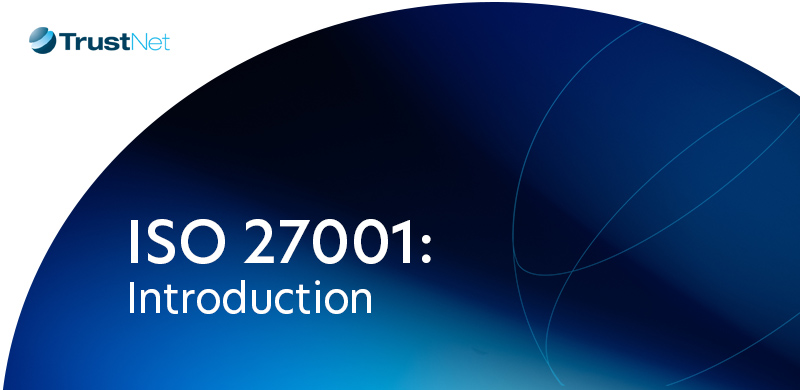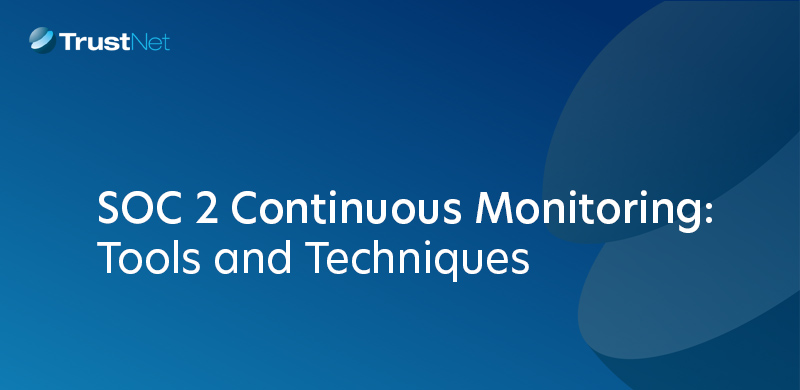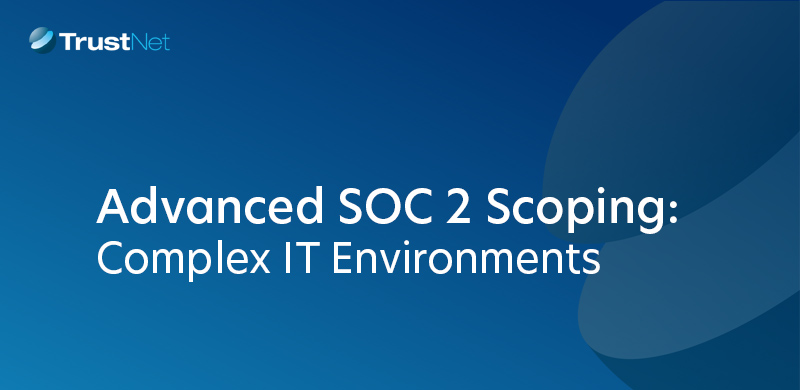PA DSS vs. PCI DSS: Understanding the Differences

Software suppliers who create point-of-sale (POS) apps that take credit card payments are subject to the PA DSS compliance standard. PCI DSS, on the other hand, is a broad compliance standard that applies to any company that handles, saves, or sends credit card information.
So, which one should your business be compliant with? The answer depends on your business model. If you are a software vendor that develops POS applications, you will need to be PA DSS compliant. If you are a business that accepts credit card payments, you will need to be PCI DSS compliant.
Here is a more detailed breakdown of the two compliance frameworks:
PA DSS Requirements
- The software must be designed in such a way that it does not store sensitive credit card data.
- The software must be able to encrypt sensitive credit card data.
- The software must provide a mechanism for secure key management.
- The software vendor must have a documented security policy in place.
- The software vendor must undergo periodic security audits by an independent third party.
PCI DSS Requirements
- The business must have a secure network.
- The business must protect cardholder data.
- The business must maintain a vulnerability management program.
- The business must implement strong access control measures.
- The business must regularly monitor and test networks.
- The business must have a documented information security policy in place.
- The business must undergo periodic security audits by an independent third party.
PA DSS
- Singular architecture
- Developed mainly with traditional
- (Desktop) POS systems in mind
- Developed explicitly to support PCI DSS
- Both software design and software
- development are addressed in the
- same standard
- Prescriptive requirements
- Limited scalability
PCI Standard
- Modular architecture
- Intended to support a wider array of
- software types and platforms
- Supports PCI DSS but is designed to be
- completely independent (no coupling)
- Address both software design and
- development, but in separate standards
- Objective-based requirements
- Designed for scalability
If you are not sure which compliance framework applies to your business, you can contact a qualified PCI DSS assessor for more information.
PA DSS’s main functions are:
-
- To help software vendors develop secure payment applications that do not store, process, or transmit cardholder data
- To assess the security of payment applications. Vendors can use independent Qualified Security Assessors (QSAs) to perform an on-site assessment and submit a Report on Compliance (RoC) to validate compliance with PA DSS
- To provide guidance to assist organizations in the installation and configuration of payment applications to protect cardholder data
- To validate compliance with PA DSS through periodic reviews conducted by PCI SSC
PCI DSS’s main functions are:
-
- To help organizations ensure that their credit and debit card transactions are secure
- To assess the security of organizations’ credit and debit card systems. Organizations can use independent Qualified Security Assessors (QSAs) to perform an on-site assessment and submit a Report on Compliance (RoC) to validate compliance with PCI DSS
- To provide guidance to assist organizations in the installation and configuration of their credit and debit card systems to protect cardholder data
- To validate compliance with PCI DSS through periodic reviews conducted by PCI SSC
For more information on our PCI DSS compliance services, Click Here
Comparing PCI DSS vs. PA DSS: Key Differences in Scope, Focus, and Compliance
Nonetheless, the two standards differ in a few significant ways. In contrast to PCI DSS, which covers the whole credit and debit card system, PA DSS is only focused on payment apps.
Furthermore, whereas PCI DSS concentrates on the setup and installation of credit and debit card systems, PA DSS offers guidelines for creating secure payment apps.
Last but not least, PCI SSC periodically checks PA DSS compliance, whilst Qualified Security Assessors (QSAs) independently undertake on-site evaluations to confirm PCI DSS compliance.
contact our experts today.




